-
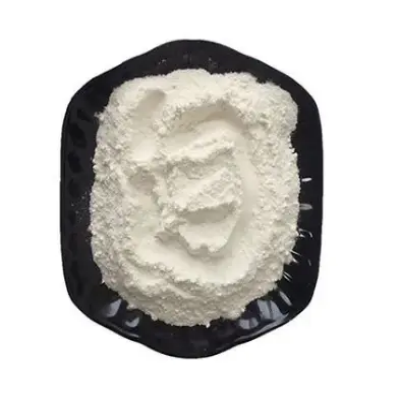
Palmotoyl Tetrapeptide-7 CAS:221227-05-0
Palmitoyl Tetrapeptide-7, also known as Pal-GQPR, is a peptide commonly featured in skincare formulations for its potential anti-aging and skin-renewing properties. Comprising a combination of palmitic acid and a tetrapeptide sequence, this compound is renowned for its ability to reduce inflammation, maintain skin elasticity, and promote a more youthful appearance, making it a sought-after ingredient in various topical skincare products.
-

Pentapeptide-18 CAS:64963-01-5
Pentapeptide-18, also known as Leuphasyl, is a potent peptide used in skincare formulations for its potential wrinkle-reducing and skin-smoothing properties. This pentapeptide consists of five amino acids and is recognized for its ability to target expression lines, offering a non-invasive alternative for those seeking to diminish the appearance of wrinkles and fine lines on the skin.
-
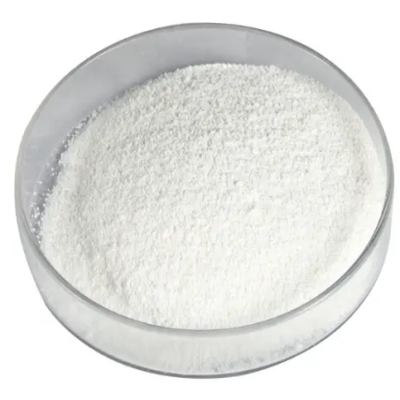
Palmitoyl Pentapeptide-4 CAS:214047-00-4
Palmitoyl Pentapeptide-4, also known as Matrixyl 3000, is a potent peptide widely utilized in skincare formulations for its anti-aging and skin-renewing properties. Comprised of palmitic acid and a pentapeptide sequence, this compound is recognized for its ability to stimulate collagen production, reduce the appearance of fine lines and wrinkles, and promote overall skin firmness, making it a sought-after ingredient in various topical skincare products.
-

Palmitoyl Tripeptide-5 CAS:623172-56-5
Palmitoyl Tripeptide-5, a renowned peptide in skincare products, is celebrated for its potential to address skin aging concerns and promote skin rejuvenation. Consisting of palmitic acid and a tripeptide sequence, this compound is valued for its ability to support collagen production, enhance skin elasticity, and minimize the appearance of wrinkles, making it a sought-after ingredient in various topical skincare formulations.
-
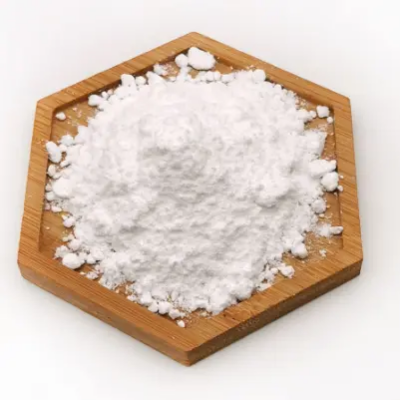
Palmitoyl Tripeptide-8 CAS:936544-53-5
Palmitoyl Tripeptide-8, also known as SYN®-AKE, is a peptide complex commonly used in skincare formulations for its potential to reduce the appearance of wrinkles and fine lines. This key ingredient has gained attention for its ability to mimic the effects of snake venom, contributing to smoother, more youthful-looking skin. Palmitoyl Tripeptide-8 is often found in anti-aging products designed to target expression lines and promote a more rejuvenated appearance.
-
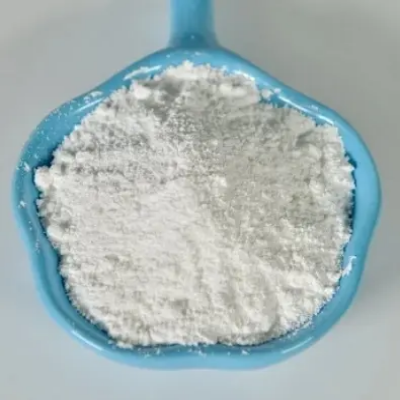
Palmitoyl Oligopeptide CAS:171263-26-6
Palmitoyl Oligopeptide, also known as Matrixyl, is a widely recognized peptide utilized in skincare formulations for its potential anti-aging and skin-renewing properties. Comprising a combination of palmitic acid and several amino acids, this compound is acknowledged for its ability to stimulate collagen production, promote skin regeneration, and enhance overall skin firmness, making it a sought-after ingredient in various topical skincare products.
-

Palmitoyl Tripeptide-1 CAS:147732-56-7
Palmitoyl Tripeptide-1, also known as Pal-GHK, is a powerful peptide commonly used in skincare formulations for its potential anti-aging and skin-renewing properties. Comprising a combination of palmitic acid and the tripeptide GHK (Glycyl-L-Histidyl-Lysine), this compound supports collagen production, skin regeneration, and overall skin firmness, making it a popular ingredient in various topical skincare products.
-
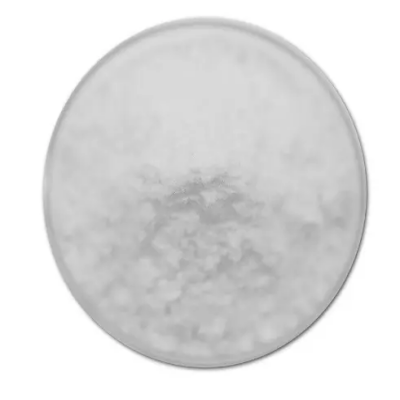
Nonapeptide-1 CAS:158563-45-2
Nonapeptide-1 is a peptide complex used in skincare formulations for its potential to target pigmentation concerns and promote a more even skin tone. This key ingredient has gained attention for its ability to inhibit melanin production, making it an essential component in products designed to address hyperpigmentation and uneven skin tone.
-

Oxytocin Acetate CAS:6233-83-6
Oxytocin Acetate is a synthetic form of the naturally occurring hormone oxytocin, often referred to as the “love hormone” or “bonding hormone.” This peptide is known for its role in promoting feelings of love, trust, and social bonding in humans. Oxytocin Acetate is commonly used in research settings to study social behavior, maternal bonding, and emotional responses. It is also used in medical settings to induce labor, control bleeding after childbirth, and assist with lactation. This powerful peptide plays a crucial role in human relationships and overall well-being.
-
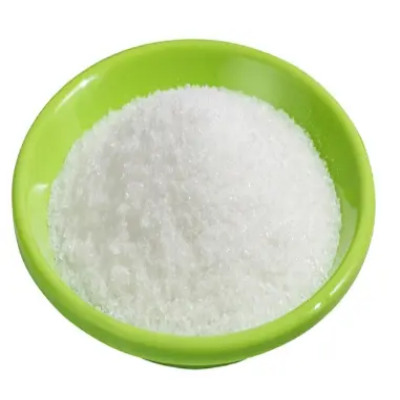
Mu-Conotoxin CAS:936616-33-0
Mu-Conotoxin is a naturally occurring peptide derived from the venom of cone snails. This potent neurotoxin has garnered attention for its potential pharmacological applications, particularly in pain management due to its ability to target specific voltage-gated ion channels in the nervous system. Mu-Conotoxin exhibits promise as a source of novel analgesic drugs and has sparked interest in pharmaceutical research and development.
-

Myristoyl-Hexapeptide-16 CAS:959610-54-9
Myristoyl-Hexapeptide-16 is a cutting-edge skincare ingredient renowned for its remarkable anti-aging properties. This peptide is celebrated for its ability to stimulate collagen production, enhance skin firmness, and reduce the appearance of fine lines and wrinkles. Its advanced formula penetrates deep into the skin, promoting cellular renewal and improving overall skin texture. With consistent use, Myristoyl-Hexapeptide-16 can revitalize and rejuvenate the skin, restoring a youthful and radiant complexion.
-
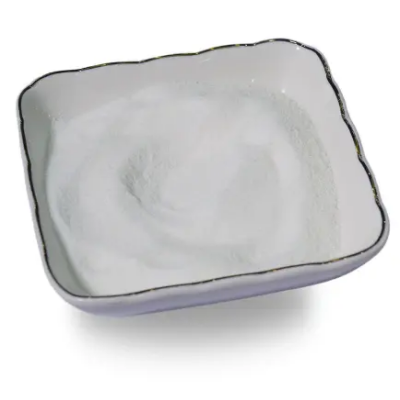
Myristoyl Pentapeptide-17 CAS:959610-30-1
Myristoyl Pentapeptide-17 is a peptide complex commonly used in skincare formulations due to its potential to promote eyelash growth and thickness. This key ingredient has gained attention for its ability to nourish and strengthen eyelashes, making it a sought-after component in eyelash serum and enhancing products.

